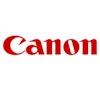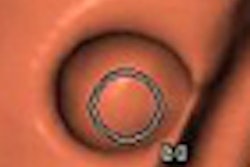Philips Healthcare is showcasing advancements to its Brilliance CT Big Bore Oncology platform at this week's American Society for Radiation Oncology (ASTRO) meeting in Chicago.
The Andover, MA-based company said the new enhancements are designed to increase accuracy in lesion localization and improve workflow of the system, which features an 85-cm bore and 60-cm scan field-of-view. The enhancements include:
- RapidView 4D reconstruction, designed to reduce the time it takes for scanned images to be reconstructed
- An amplitude binning algorithm that allows patients to breathe naturally
- Metal artifact reduction that helps clinicians view critical structures near the sites of dense metal objects or other metal in the body
- Tumor LOC (localization on console), which enables clinicians to run a simple simulation at the scanner console and then quickly and accurately localize the tumor and "mark" the patient
In addition to those features on the Brilliance Big Bore, Philips will showcase third-generation time-of-flight technology for the Gemini TF PET/CT and Gemini TF Big Bore PET/CT platforms, and Version 9 of the company's Pinnacle3 treatment planning software.
Finally, the company will highlight a new tumor tracking application on its Extended Brilliance Workspace nuclear medicine workstation. The application may help improve patient outcomes in oncology by using sequential PET/CT scans to assist clinicians in monitoring tumor progression or response to therapy. It allows users to measure changes in tumor size and metabolic activity, and compare up to six sequential PET/CT studies at one time.
Related Reading
Philips reports PET/MR R&D milestone, October 29, 2009
Philips develops silicon photomultiplier technology, October 8, 2009
Philips rolls out Allura Xper upgrade, October 5, 2009
Philips inks Adventist deal, October 1, 2009
Philips completes first Achieva XR MRI upgrade, September 28, 2009
Copyright © 2009 AuntMinnie.com




















